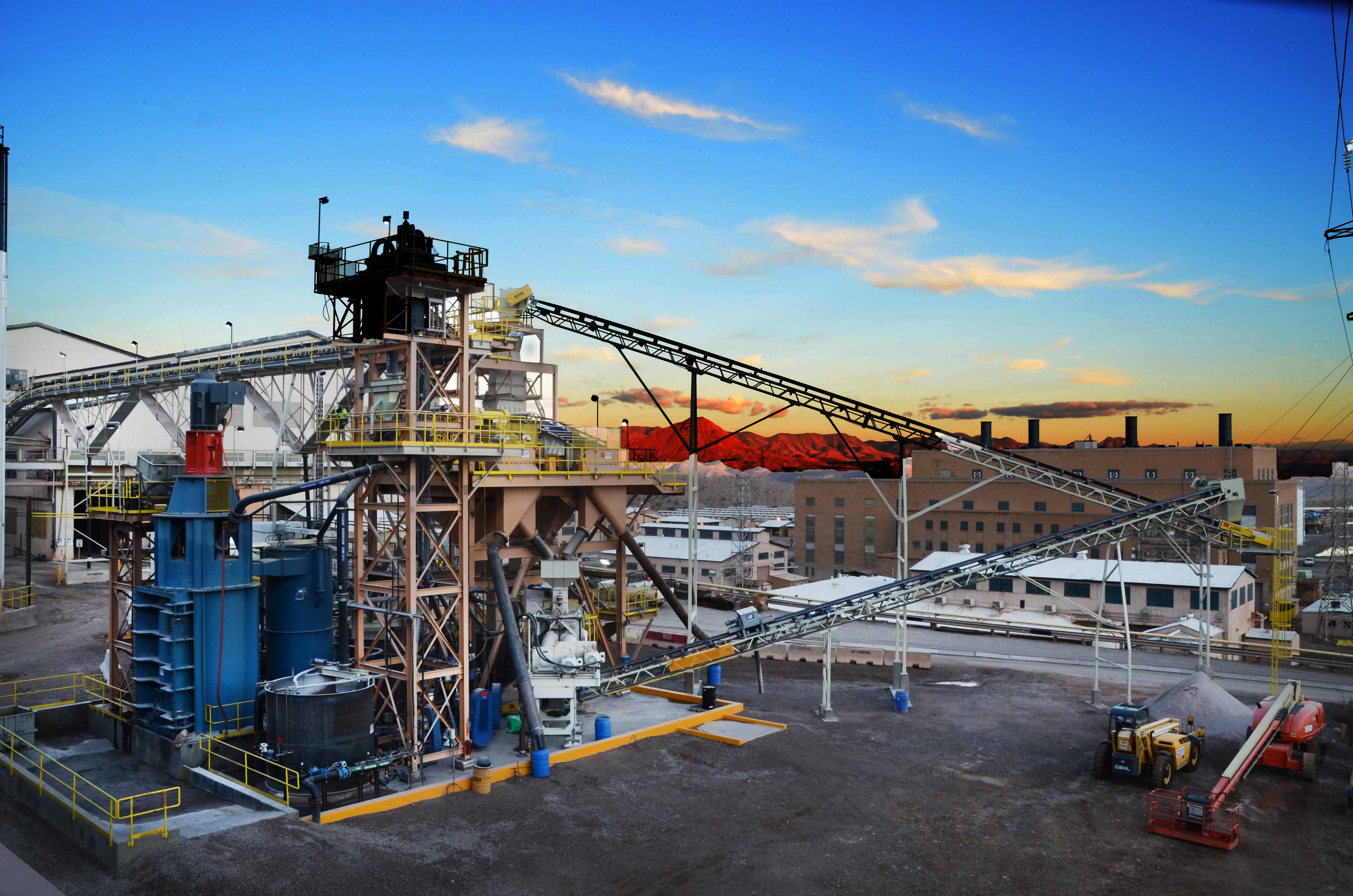Minerals processing is facing an unavoidable shakedown. A growing global population and an accelerating economy is increasing the demand for minerals. At the same time, mineral processing is becoming more difficult every year. Natural resources are being depleted just by maintaining the current level of production. To satisfy an even greater demand requires ever-increasing quantities of raw ore to be processed. Treating more material in the mine means more energy expended in producing the same amount of product. As head grades decline and more rock must be processed per ton of product, we can expect that the cost of energy will become an even more persistent danger to mining companies’ bottom lines.
To keep energy costs in check as production demands continue to increase, more and more plants are looking at different options in terms of equipment selection. Vertimill® (VTM) stirred milling technology has seen increased interest, particularly in cases where a plant needs extra milling capacity or wants to achieve a finer grind. In the past, plants would invest in a second ball mill to run in parallel with their current one to add the additional capacity. However, this is not always an energy-efficient way of tackling the problem. Vertimills offer a range of benefits over traditional ball mills including higher energy efficiency, lower media consumption, reduced maintenance, longer wear life, and a smaller footprint. However, Vertimills run into their own challenges in the field in terms of managing wear life as well as maintenance and parts handling. This blog looks at three common issues we see in the field and some ways our teams have helped to solve them.
1. Discharging VTM for maintenance
Problem: Manual doors can pose significant safety risks
When looking at VTM machines with manual doors, discharging the grinding media poses significant safety risks. In the field, we’ve seen clients attempt to open the door using makeshift solutions such as long chains and other devices. This can lead to media spillage, endangered maintenance workers, and cause problems for surrounding equipment.
Solution: VTM door actuator for improved safety
A door actuator is a safety device that allows for the controlled opening of the VTM door. There is no need for workers near the door area while it is being opened. This is a system that has been developed recently and has been applied to various VTM sizes from VTM-200 to VTM-1500. The actuator can also be used for opening the VTM door when the mill contains a ball charge. This can save considerable time to discharge the grinding balls during a maintenance shutdown.
2. Managing VTM body liner life
Problem: Lime build up on rubber wear protection bars
On older vertical mills, the body liners have wear protection bars that are made from rubber. One issue we see is lime build-up on top of these rubber wear bars which can lead to diminished chamber size and load capacity.
Solution: Upgrading of older wear bar systems with newer generation magnetic liners
A key refurbishment solution is replacing the older liner and rubber bars with magnetic liners. The magnets cause the grinding balls to adhere to the liners around the perimeter of the mill body. This creates a protective layer against wear of the body liners during operation. Installing newer technology also reduces the chance of lime buildup within the chamber and ensures that load capacity is maximized. Normally a refurbishment of this nature is a quick fix, only taking a few days to make the changeout. This solution can achieve immediate production benefits and carry a quick payback, as magnetic liners tend to have a longer lifespan than older models.
3. Changing wear parts
Problem: Difficulty accessing the VTM screw during removal and installation
Placement of surrounding equipment near the mill often reduces accessibility for maintenance. After the VTM is installed at site, there is often additional steelwork, platforms, and walkways, etc. that are constructed or installed in front of the VTM or above the door. This makes it difficult to access the VTM for screw removal and installation.
Solution: Custom or connected screw transport system
The standard screw transport is made to install and remove the screw from the VTM. This works well only if there is proper access. In cases where steelwork or platforms make it harder to access, it is critical to design a custom screw transport rail system. This will extend the travel of the screw assembly, making it easier for a crane to access the screw for changeout. Another option commonly encountered is a screw transport rail that connects directly to a screw support structure. The component can be transferred directly onto this support structure for transport. Both of these methods have worked well to provide better access to maintenance core wear parts.
Although VTMs are often an energy-efficient solution to grinding, they present unique challenges in terms of maintenance. The above-stated issues are just a few to keep in mind. Get the most out of your equipment and simplify maintenance processes with Metso’s wide range of services for repair, refurbishment, engineered upgrades optimization of your vertical mill.

